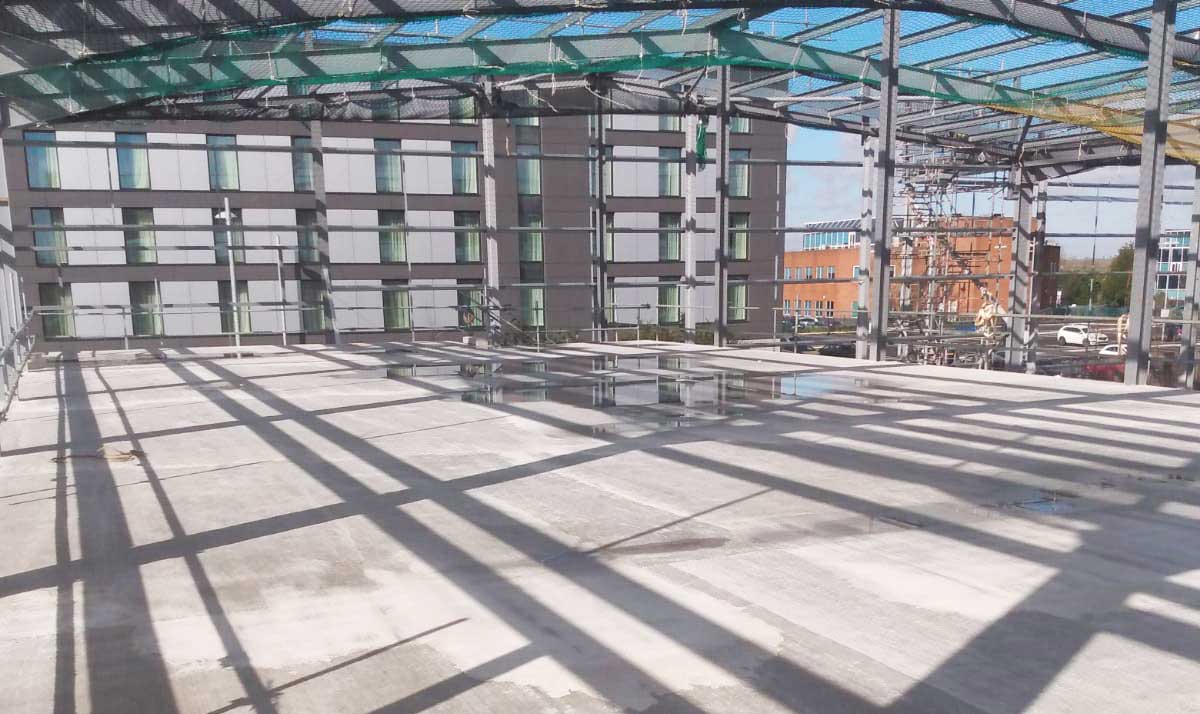Unlocking the Ecological Benefits of Recycled Compounds in Construction and Design
In the world of construction and style, the usage of recycled compounds holds significant pledge for enhancing sustainability methods and reducing environmental influence (composites). By incorporating these ingenious products, there is a potential to deal with critical concerns such as waste reduction, energy preservation, and a decrease in carbon footprint. The change in the direction of an extra sustainable future in these markets pivots on opening the complete potential of recycled composites. This discussion will certainly discover the complex benefits and challenges related to incorporating recycled composites into building and construction and design, using a glance into the transformative opportunities that lie ahead.

Environmental Effect Reduction
The reduction of environmental effect with the usage of recycled compounds in building and construction and layout plays an essential role in sustainable methods. By including recycled compounds right into structure products, the building and construction market can significantly decrease its carbon footprint and add to a much more environment-friendly future. These sustainable materials, made from repurposed plastics, timber fibers, or various other recycled aspects, supply a viable alternative to traditional building and construction materials without compromising on top quality or durability.
Recycled compounds assist draw away waste from garbage dumps and decrease the need for removing raw products, thus conserving natural deposits. Furthermore, the manufacturing process of these composites often eats much less power and discharges fewer greenhouse gases compared to producing virgin materials (composites). This shift towards making use of recycled compounds not just reduces environmental injury however likewise promotes a circular economic situation by motivating the reuse of products that would or else be discarded
Waste Reduction
With a focus on decreasing waste in building and layout, the integration of recycled composites supplies a sustainable service to lower ecological impact. Waste reduction is a critical element of lasting techniques, and using recycled composites provides a possibility to achieve this goal successfully. By making use of materials that have already served their preliminary objective, such as recycled plastics or reclaimed wood fibers, the building and layout sectors can considerably decrease the quantity of waste produced and sent to land fills.
Recycled compounds have the potential to divert considerable quantities of waste from traditional disposal techniques, adding to a more circular economy where sources are used efficiently. In addition, the manufacturing procedure of recycled composites often consumes less energy and creates fewer exhausts compared to virgin products, further decreasing the ecological impact of construction and design jobs.
Carrying out waste reduction strategies through the consolidation of recycled composites not only helps in conserving natural deposits but also promotes a more lasting strategy to structure and making for a greener future.
Power Preservation
Including recycled compounds not only minimizes waste in construction and layout however likewise plays a crucial duty in boosting energy conservation methods within the industry. Making use of recycled composites in construction can significantly add to power conservation through numerous methods. To start with, the manufacturing of virgin products normally needs considerable energy inputs, whereas using recycled compounds takes in less energy, therefore minimizing total power usage. Furthermore, incorporating recycled composites can add to much better insulation residential properties in buildings, minimizing the demand for extreme home heating or cooling, and subsequently lowering energy usage for climate control. The light-weight nature of many recycled composites can lead to lighter frameworks, calling for less energy for transportation and setup. By advertising making use of recycled composites in building and layout, the sector can make significant strides towards achieving energy effectiveness and lowering its carbon footprint, ultimately adding to a much more lasting constructed environment.
Carbon Impact Reduction
Enhancing sustainability methods with the use of recycled compounds in building and construction and layout dramatically reduces the carbon footprint of the market. By integrating recycled materials into the production of composites, the need for virgin resources decreases, leading to lower power usage and greenhouse gas discharges connected with conventional manufacturing processes. This reduction in carbon footprint is important in combating climate modification and promoting a much more eco friendly method to construction view publisher site and design.
Furthermore, making use of recycled compounds additionally assists in diverting waste from land fills, therefore minimizing the ecological influence of disposal and promoting a circular economy. The carbon impact decrease achieved via the adoption of recycled compounds lines up with the global push in the direction of sustainable techniques and the reduction of commercial emissions. It showcases a dedication to responsible resource management and a shift in the direction of greener options in the building and layout sectors. Eventually, by focusing on the combination of recycled compounds, the sector can make significant strides in reducing its carbon impact and contributing to a more sustainable future.
Sustainable Future
The combination of recycled composites in building and design not only addresses prompt ecological concerns however additionally lays a strong structure for a sustainable future in the market. By integrating recycled compounds right into structure products and items, the construction and design industries can substantially minimize their reliance on virgin resources, resulting in a much more round economy. This shift towards sustainability is essential for alleviating the environmental impact of traditional construction practices, which often lead to high levels of waste generation and source depletion.

Verdict
To conclude, recycled compounds provide substantial environmental advantages in building and layout by reducing ecological influence, reducing waste, saving power, decreasing carbon footprint, and advertising a lasting future. Embracing making use of recycled compounds can add to a more environmentally-friendly strategy to building and design, ultimately leading to an extra lasting and greener future for all.
The decrease of ecological effect through the usage of recycled composites in building and style plays a critical duty in lasting practices.With an emphasis on decreasing waste in building and design, the integration of recycled compounds provides a lasting remedy to minimize environmental influence. By advertising the use of their website recycled compounds in building and style, the industry can make significant strides in the direction of achieving power effectiveness and decreasing its carbon impact, inevitably contributing to a more lasting developed environment.

Comments on “Composites: The Future of Sustainable Building And Construction Products”